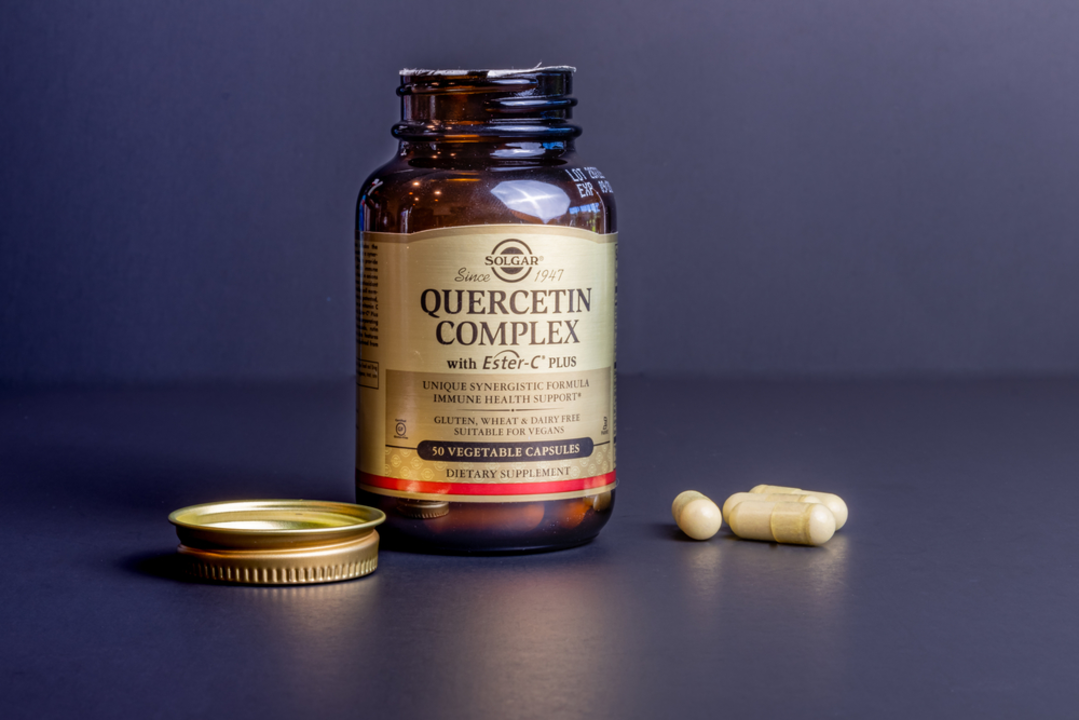Quercetin: What it is and how it can help
Want fewer sniffles or less day-to-day inflammation? Quercetin is a plant flavonoid found in onions, apples, berries and green tea that many people use for allergy relief and antioxidant support. It works differently than antihistamines: quercetin helps stabilize mast cells and may reduce the release of histamine, the chemical that causes sneezing and itching.
People reach for quercetin for seasonal allergies, mild inflammation after exercise, or to add antioxidant protection to their diet. It’s not a miracle cure, but several clinical studies report modest improvements in allergy symptoms and markers of inflammation when quercetin is used regularly.
What quercetin does and where to get it
Whole foods are a good place to start: red onions, capers, apples, citrus peels, grapes, and berries all contain quercetin. If you want stronger effects, supplements are common. Typical products use quercetin dihydrate or quercetin complexed with bromelain. Bromelain (an enzyme from pineapple) or vitamin C can boost absorption and may enhance the overall effect.
Expect subtle benefits. For allergies, people often report fewer sneezes, less watery eyes, and calmer nasal irritation after a few weeks. For general inflammation and antioxidant support, quercetin can be part of a broader plan that includes diet, sleep, and activity.
Dosage, safety, and what to watch for
Common supplement doses range from 250 mg to 1,000 mg per day, usually split into two doses. Many users start at 250–500 mg daily and increase if needed. Short-term use at these doses is generally well tolerated. Side effects can include mild stomach upset or headache at higher doses.
Quercetin can interact with some medications. It may affect how the body metabolizes drugs processed by liver enzymes (CYP pathways). That matters for people on blood thinners like warfarin, certain immunosuppressants, or drugs heavily metabolized by CYP3A4/CYP2C9. If you’re pregnant, breastfeeding, or taking prescription meds, check with your healthcare provider before starting quercetin.
Practical tips: choose a supplement from a reputable brand that lists the quercetin form and purity. Taking quercetin with food and vitamin C or a product that includes bromelain can improve absorption. Give it a few weeks to notice effects—this isn’t an instant antihistamine—but many people see steady improvements when used consistently.
Want more real-world advice? Browse our guides and product pages at NorthwestPharmacy.SU for comparisons, dosing tips, and safety notes so you can pick the right option for your needs.

Quercetin Supplement Guide 2025: Benefits, Dosage, Side Effects & Food Sources
What is quercetin? Evidence-backed guide to benefits, dosage, side effects, interactions, and food sources-plus how to pick a quality supplement in 2025.
Read More
Top 10 Reasons to Start Taking Quercetin: The Game-Changing Dietary Supplement
In my latest blog post, I've shared the top 10 reasons why you should consider taking Quercetin, a game-changing dietary supplement. This powerful antioxidant not only helps in reducing inflammation and allergies but also boosts the immune system and supports heart health. Additionally, it aids in managing diabetes and even shows potential in fighting cancer. I truly believe that incorporating Quercetin into your daily routine can lead to significant improvements in overall health and well-being. So, don't miss out on this amazing supplement and make sure to read my full post for all the details!
Read More